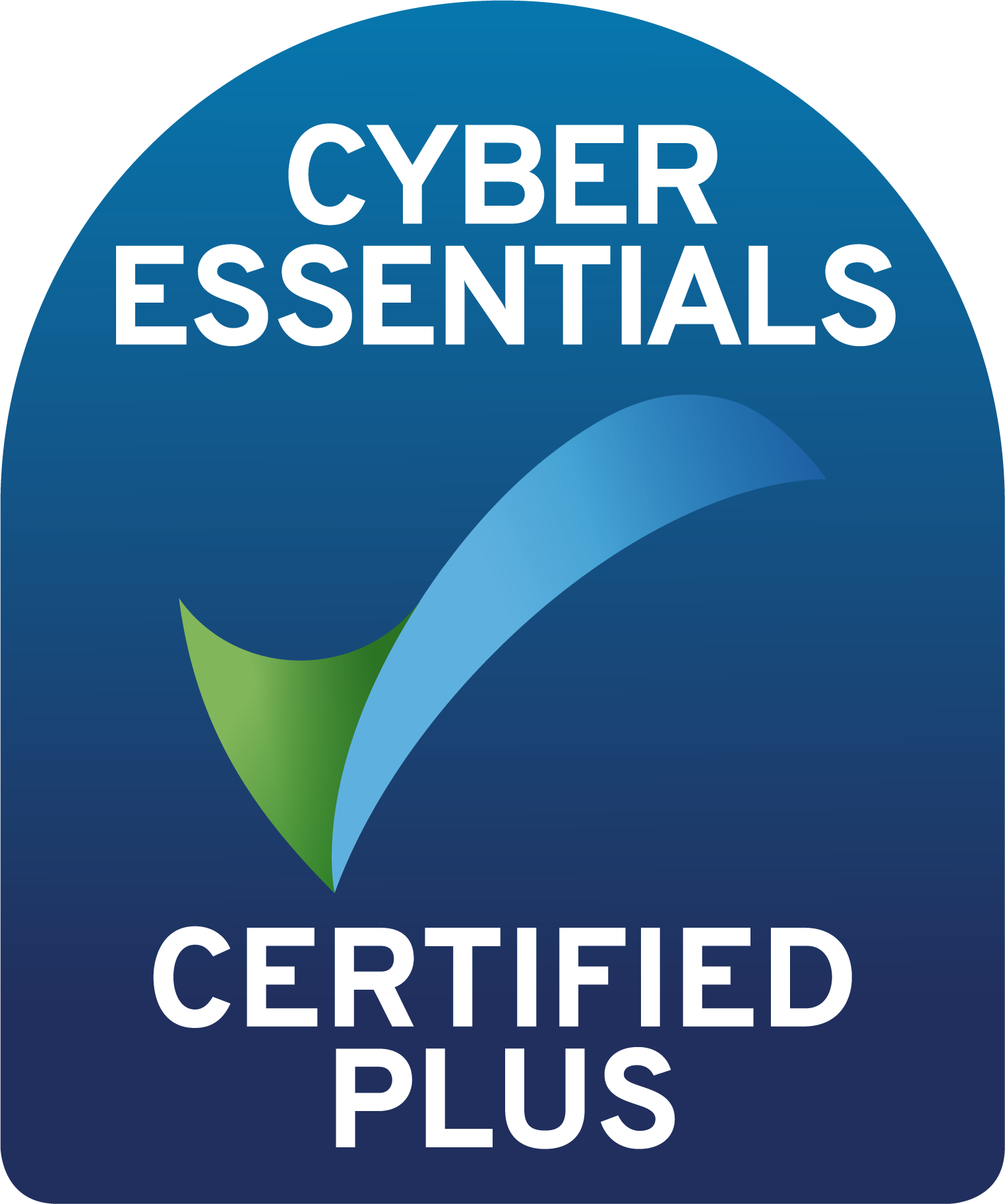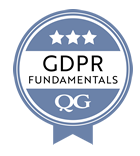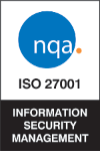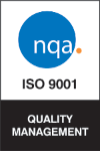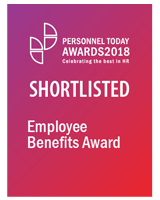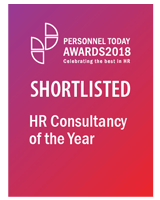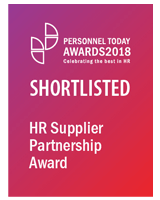Inadequate total compensation can be a contributing factor to people leaving their jobs and sometimes there is no magic wand that non-monetary reward can wave. Having said that, it can significantly enhance any company’s offering, allow you to express your culture and demonstrate how you would like to treat your employees. Here are some key ways to work non-monetary reward into your overall package.
Tangible, quick reward
When you’re giving an award for a job well done, try to make it tangible. You don’t want an office full of trophy cabinets but even if they can’t hold it in their hands, employees like to be able to say they've done something and received a reward for it, something that says they've done well.
In terms of timing, it’s also important to act ‘now’. If you wait weeks or months, things lose relevance. Bonus schemes that are annual or monthly tend to be different – and their impact can also suffer from a lack of immediacy - but an instant thank you, round of applause, star on the wall, social post or even certificate can go a long way. They show everyone that good work and achievement is recognised and can create contagious behaviour. You can also try putting some structure around it - quarterly awards can work well for employee engagement and for keeping people on task, or up to date with new ways of working.
Tailored recognition
Non-monetary recognition is a hard nut to crack because everyone is different. All workers will appreciate some recognition, even if it’s an email to say that their hard work is appreciated. Recognition from peers and line managers can lead to greater job satisfaction and buy-in but you also need to know who likes attention, and who may find it mortifying. A tailored, personal approach is often key but there’s no getting around it: if it’s done in the right way, recognition for hard work goes a long way. Schemes and initiatives can now also be pulled together in one place via clever new HR Tech, for example, the HAPI App.
Flexible working, made clear and relevant
The big non-monetary benefit of our time is flexible working and the mutual trust that comes with it. ‘Flexible’ or ‘hybrid’ in one form or another are here to stay and are expected by most employees, but to make it genuinely effective you need to be clear about what ‘flexible working’ actually means because it can depend on the sector or role. Some people will still have core hours that they need to work, while for others it will mean getting the job done, however, and whenever they choose.
Flexibility also isn’t exclusive to home working and hybrid working. In sectors like nursing and care, where employees are obviously needed on site, relevant flexibility can also be built in. Shift patterns can be tweaked, workers can be given the chance to drop hours or pick up more. Ask your people what they want and what they'd benefit from and often they will lead you to a solution.
Managing time off
In theory giving additional time off is cost-neutral to a company because, whether someone is working or not, you're still paying them. Even if they're not doing any work for you while they are away, studies show that the productivity gained from awarding good work with a few extra days off can go far beyond monetary reward.
The gift of time can also be looked at in many ways. Workers might be given the chance to buy or sell holiday or have more flexibility around lieu days. Length of service awards that recognise years spent in a company can still work well and a sensitive approach to compassionate leave can only help build loyalty. A day off to recognise a birthday or a company’s birthday can add a nice personal touch. All these things can help keep an employee in situ and avoid the cost of recruitment.
Personal Professional Development
Personal Professional Development is not only relevant early on in people’s careers but also for workers who feel stuck mid-career. The opportunity to access it can be a huge enticement and moving into another department, or up the ladder for a couple of hours a week, can help with retention. It also works both ways: while PPD engages employees because they feel like they're growing and learning, it shows a company where staff can cross-pollenate and not stay siloed and stagnant. Are you using your apprenticeship levy to best effect to support the development of all staff?
You’d be amazed what you can do. Also, consider articulating career opportunities across your business – people leave organisations because they don’t have a sense of where they can go with their careers. For some this might be an evident career ladder within a function, for others, it could mean a secondment or grown-up internship elsewhere. Either way, it doesn’t happen by osmosis - it takes care and good communication to work well.
Personal Development
In addition to Professional Development, many companies have embraced the concept of Personal Development. Examples might include volunteering days for charity projects or causes that staff are passionate about. One client of ours has a ‘wellbeing hour’ where they give employees two of their 37 contracted working hours, one for exercise and one for wellbeing.
Benefits vs Perks
Separating your benefits from your perks is another thing companies overlook. If you offer free parking, spell it out. If you have Early Finish Friday, shout about it. If there is free tea and coffee in the office, or a communal space where staff can spend downtime and have their lunch, again spell it out. This kind of space can be an invaluable forum for employees to chat but also for managers to catch up with people informally. These so-called small things may be around the fringes, but they can add up to a lot and mean a lot. Communicate about them, though, or they’ll either be taken for granted or go unused.
Manager time
Finally, never underestimate how much people value an open conversation with their line manager and one-on-one time with that person can be beneficial on both sides. From an employee’s perspective, it can improve understanding of their role and where it sits within the company, which can lead to greater job satisfaction and productivity. From a manager’s perspective, it’s a great way to ensure lines of communication stay strong, helps them to keep across the recognition piece and is a vital way to get feedback on all the other points we’ve mentioned.
Whether in isolation or used together, these forms of non-monetary reward can greatly enhance a company’s overall package. If you communicate clearly and consistently and listen to your employees, you can make them relevant to your staff and your business.


